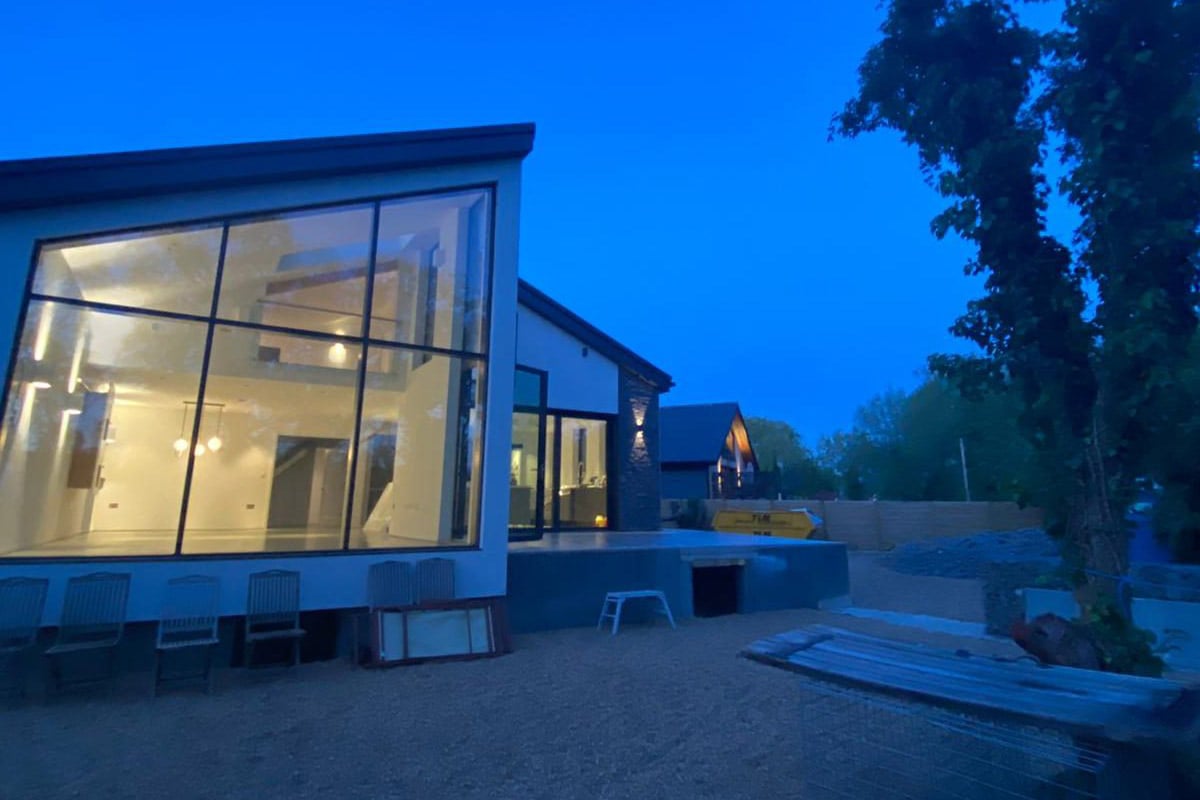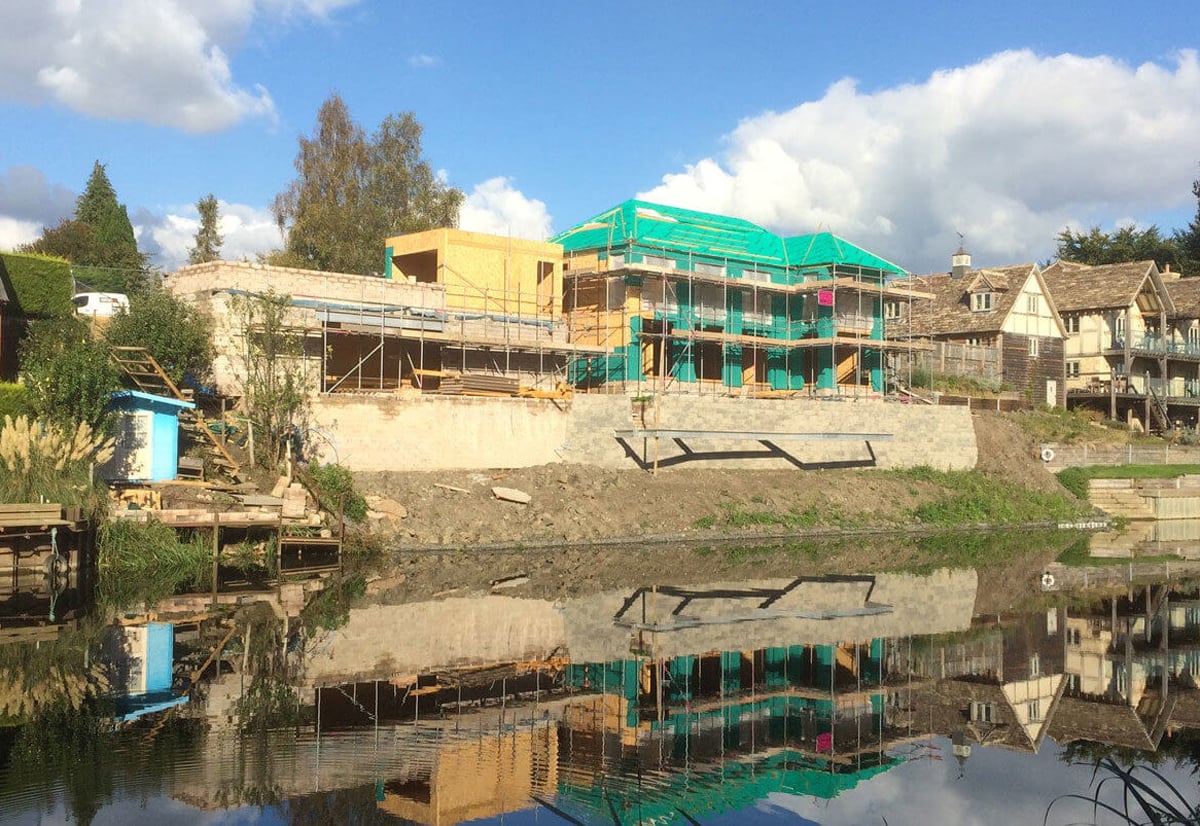It definitely goes without saying that the last 15 months has had a huge impact on many aspects of our lives. Still, it’s very reassuring to see that the self and custom build sector continues to thrive through innovation and looking for solutions. This has definitely been the case in the financial services part of the sector.
So, what have the challenges been?
CHANGES TO INCOME
Income is one of the main factors taken into account by a prospective mortgage lender when assessing any application, and this is no different for self and custom build finance. For many people, this has also been the part of their life that has been most significantly impacted. Perhaps particularly for those who work in travel, hospitality or retail or where their work needed them to have the freedom to move around.
Lenders need to have the confidence that potential borrowers will continue to have a sustainable income sufficient to support the mortgage payments. It has been great to see that whilst lenders have made changes to the way they look at applicants’ income, they have largely taken a common sense and reasonable approach.
A significant proportion of self-builders are self-employed and they may have seen turnover reduced, although possibly the impact has been lessened by the Government support schemes. Lenders have very positively continued to support the self-employed, with a greater focus on reviewing recent bank statements to confirm consistency with pre-Covid business levels than focussing on temporary reductions during the major lockdown periods. Some lenders have now announced policy changes to recognise that 2020 end of year profits won’t reflect the longer-term business performance and will ignore those results and focus on the previous years’ incomes.
Employed clients may have been placed on furlough or seen a reduction in non-guaranteed income such as overtime or commission. Where clients have been furloughed, most lenders we work with at Buildstore have been happy to progress a mortgage application as soon as the applicant has returned to normal working hours. Where only one of joint applicants has been furloughed, lenders have remained willing to consider an application depending on the proportion of household income contributed by the affected applicant. It’s been great to see that lenders have generally continued to accept non-guaranteed overtime, commission and bonuses in their lending calculations where clients have continued to receive these payments during the Covid period.
At Buildstore we are fortunate to have very close relationships with the lenders we work with. They have continued to look at clients’ circumstances on a case-by-case basis taking into account individual circumstances. Lenders definitely want to lend, and with the country opening up again, the end of the various Covid support schemes in sight and working patterns returning to more like “normal”, I’m confident we will see more positive changes to lenders’ criteria in the months to come.
MATERIALS SUPPLY AND COSTS
The sector has seen shortages of construction materials stated to be driven by factory closures during the early lockdown, combined with increased demand due to increased housebuilding and homeowners ploughing the cash they have saved on holidays etc., into home improvements. Self-builders have been perhaps particularly affected by reported price increases of up to 80% on timber and 40% on steel. The effect of material cost increases may in normal times be softened by a large proportion of project costs being for labour, however, increased demand for skilled workers is also driving up labour costs.
So how can you mitigate the effect on your Self Build project? Ensuring that your project is realistically costed is vital. You can do this by using one of the costings products available on the market or by employing a quantity surveyor to cost your project. Your architect and quantity surveyor will be able to advise on how you can get the best value from your material purchases. A realistic contingency is vital and this may need to be increased at present to take account of further potential price increases. Planning everything as much as possible in advance will potentially reduce the risk of issues later down the line.
Despite all of this, it is vital that you don’t compromise on the quality of your superstructure or your builder. Tempting as it may be at present, taking the first quote you get from a builder who is available may be a false economy, whilst savings can be made using cheaper fixtures and fittings which can be upgraded later.

CERTAINTY OF MORTGAGE FUNDS DURING THE BUILD
Cashflow is vital to the success of a Self Build and at a time when it’s more difficult to get a good builder, the last thing you want to do is have them walk off site due to problems getting the cash from your mortgage lender to pay them.
Some Self Build mortgages work by releasing funds based on the value of your site at any time. The value is determined by the lender’s valuer and there is a significant risk that if the valuer’s figure doesn’t stack up, you may not get the money you need to keep your build moving.
Other mortgages are “cost-based”, which means there are no valuations during the build and the amount you get at each stage is guaranteed and linked to the cost of each stage. This means you can plan with peace of mind knowing what cash you will get at each stage. There are also options for “advance stage payments”, which means that money linked to the cost of the next stage of work is released up-front. This can be really beneficial if you have less of your own funds to put in or you are building using an offsite-manufactured system such as timber frame, oak or insulated concrete formwork where a larger proportion of the build costs are payable earlier in the project.
Most of Buildstore’s mortgage products work on the cost basis and we have a range of advance stage payment deals available.

CONSTRUCTION METHODS
One area not restricted by the pandemic is the desire of self-builders (and their Architects!) to produce interesting and imaginative designs for their new homes, using a variety of materials.
Whilst nearly all lenders will lend on non-masonry construction such as timber or steel frame, structural insulated panels or insulated concrete formwork, the material used in the outer cladding of the property can reduce the number of mortgage products available. Lenders are generally very happy to lend where the property will be clad in masonry but may be less receptive where the property uses a significant proportion of timber or other non-masonry materials for the outer skin.
It’s vital that you take advice on the financing of your project at an early stage, even before finalising the design. Whilst there are borrowing options available for most cladding options, the choice of external finish could impact the number of lenders that will support your project and, therefore, your choice of mortgage product.
Financing a self or custom build project is different to buying a ready-made house and a specialist Self Build mortgage broker will be able to guide you through the process.
More articles discussing financing your Self Build below:
Buildstore are a leading self and custom build mortgage broker. We would like to thank BuildStore for sharing their expertise on our blog. If you would like to speak to them about financing your project, visit their website, fill their enquiry form and request a call back here or call them on 0345 223 4888.




